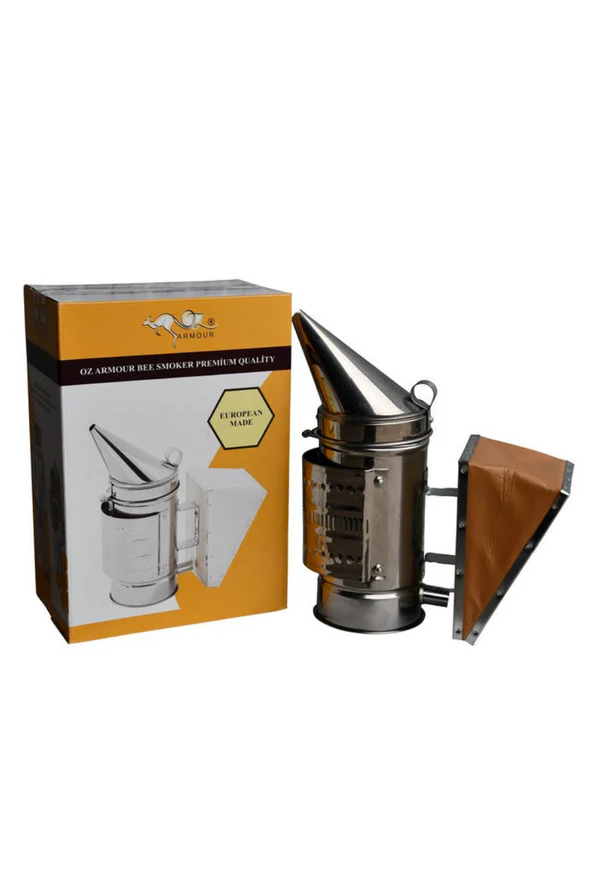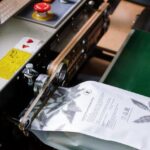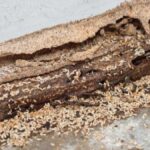Beekeeping is a rewarding yet demanding practice that requires the right set of tools to ensure hive maintenance, safety, and honey production. Whether you’re a beginner beekeeper or a seasoned professional, investing in the best beekeeping tools can significantly impact your success. The right tools not only make hive management more efficient but also help maintain the health and well-being of your honeybee colonies. In this guide, we will explore essential beekeeping equipment, including protective gear for beekeepers, beekeeping smokers and hive tools, and more, to help you make informed choices.
Essential Beekeeping Equipment for Every Beekeeper
To maintain a productive hive, every beekeeper needs a selection of must-have beekeeping supplies. These include:
- Beehive components: Woodenware, frames, foundation, and a hive stand
- Protective gear: Bee suits, gloves, veils, and boots
- Hive tools: Scrapers, pry bars, and frame lifters
- Beekeeping smoker: Essential for calming the bees during inspections
- Honey harvesting tools: Extractors, uncapping knives, and strainers
- Feeding equipment: Bee feeders for supplementing food during nectar shortages
- Recordkeeping tools: Notebooks or digital apps for tracking hive conditions
Understanding the function of these tools ensures you can manage your beehive efficiently and keep your bees thriving.
Protective Gear for Beekeepers: Safety First
One of the most important investments for any beekeeper is protective gear for beekeepers. Proper protection minimizes the risk of bee stings and allows for stress-free hive inspections.
Choosing the Right Protective Gear
- Bee suits: Full-body bee suits made from breathable cotton or ventilated mesh provide maximum protection.
- Bee gloves: Leather or synthetic gloves protect your hands while allowing for dexterity.
- Veils and hoods: These protect your face and neck, which are sensitive to stings.
- Boots: High-top boots prevent bees from crawling into pant legs.
Well-fitted protective gear ensures safety while keeping you comfortable during long hours of hive maintenance.
Beekeeping Smokers and Hive Tools: Why They Matter
A beekeeping smoker is one of the most valuable hive maintenance tools for calming bees. The smoke masks alarm pheromones, reducing the likelihood of aggressive behavior.
How to Use a Beekeeping Smoker
- Use natural fuel like pine needles, wood chips, or untreated burlap.
- Ensure the smoke is cool to avoid harming the bees.
- Direct a few puffs into the hive entrance before opening it.
Must-Have Hive Tools
- Hive tool: A metal pry bar used to separate frames and scrape off propolis.
- Frame lifter: Helps lift frames out of the hive with minimal disruption.
- Bee brush: Soft bristles gently remove bees from frames.
- Propolis scraper: Used for removing excess propolis and cleaning hive surfaces.
These tools make hive inspections easier while keeping disruption to a minimum.
Hive Inspection Tools: What You Need for Regular Checks
Regular hive inspections are crucial for monitoring the health of your bee colony. Investing in the best hive inspection tools ensures you can check for diseases, pests, and overall productivity.
Key Hive Inspection Tools
- Magnifying glass: Helps spot varroa mites and signs of disease.
- Queen marking kit: Identifies and tracks the queen for easier hive management.
- Beekeeping logbook or app: Tracks hive progress and health trends.
- Sugar shake or alcohol wash kit: Monitors varroa mite levels in the hive.
Conducting inspections every two weeks allows you to detect problems early and take corrective action before they escalate.
Hive Maintenance Tools for a Healthy Colony
Maintaining a healthy hive requires specific tools for cleaning, repairs, and pest management. Hive maintenance tools ensure your colony remains strong throughout the seasons.
Essential Maintenance Tools
- Entrance reducers: Help control hive ventilation and prevent robbing.
- Mouse guards: Protect the hive from rodents in winter.
- Pest management tools: Beetle traps, varroa treatment strips, and powdered sugar dusters keep infestations in check.
- Frame grip: Assists in lifting sticky frames without damaging them.
- Beekeeping knife: Cuts through wax and propolis for easy hive access.
Proper hive maintenance prolongs the lifespan of your equipment and supports a healthy bee colony.
Choosing the Right Beekeeping Tools Based on Your Needs
Not all beekeepers need the same tools. Your selection should depend on your experience level, hive type, and budget. Here’s a guide to help you decide:
For Beginner Beekeepers
- Basic beekeeping suit and gloves
- Smoker and hive tool
- Bee brush
- Feeder for supplemental feeding
- Starter hive with frames
For Experienced Beekeepers
- Full ventilated beekeeping suit
- Advanced hive tools, including frame lifters and queen marking kits
- Electric honey extractor for efficient harvesting
- Hive monitoring system (digital sensors for temperature and humidity tracking)
- Specialized pest control tools for varroa mites and hive beetles
Assessing your needs before purchasing tools ensures that you invest wisely in equipment that suits your beekeeping journey.
Conclusion
Choosing the best beekeeping tools is essential for maintaining a thriving hive. From protective gear like the Best Beekeeping Galoves to hive maintenance tools, each piece of equipment plays a crucial role in hive management. Investing in high-quality, durable tools makes beekeeping more efficient and enjoyable while ensuring the safety of both the beekeeper and the bees.
Before making a purchase, evaluate your experience level and hive requirements. Whether you’re just starting out or expanding your apiary, the right tools will help you build a successful and sustainable beekeeping practice. Happy beekeeping.







